Quotes have been edited for length and clarity
Since achieving independent 501(c)(3) status last year, Chief Executive Officer Erin Light didn’t expect Architecture + Advocacy (A+A) to scale exponentially. Still, the nonprofit has surpassed her expectations, with a total of 612 participants, 113 trained student leaders and 25 active community partnerships. Just this past week, Architecture + Advocacy earned a 30-minute time slot presentation at the Conference on Architecture & Design hosted by the American Institute of Architects.
The nonprofit was established in 2020 as a student-run project funded by USC Arts In Action to resolve the spatial injustice issue by architectural design. However, its seed was planted when Light, 23, took a gap year from USC during the pandemic to work as a community organizer, advocating for more affordable housing. She observed that despite many residents having their needs in mind, they lacked the means and the architectural literacy to advocate for themselves.
On the other hand, development teams frequently failed to consider residents’ voices: they were building two-bedroom units and a maximum of three bedrooms for multigenerational families with multiple children. Six children and their grandmother would cram in a three-bedroom.
“To me, architecture connects the soul of the community to the technical and financial logistics of construction. But I think it failed to achieve that mission,” said Light, who switched from the five-year B.S of Architecture to the four-year B.S. of Architectural Studies program after realizing she wanted an impactful life beyond drawing floor plans for architecture corporations. “In a nonprofit, you don’t have as much monetary support, but what you do have is people’s willingness to donate their time and money,” said Light.
Graduating in 2023, Light now lives in Culver City with her roommate whom she met playing club soccer at USC.
Breakfast
“I usually do overnight oats and coffee. I recently got decaf coffee from Culver City. Now, I am used to it.”
Research
“Right now, I’m taking a free Harvard online course on Data Analytics and Social Impact. So I’ll spend 30 minutes doing that. I don’t do it every day, but consistently a couple of times per week.”
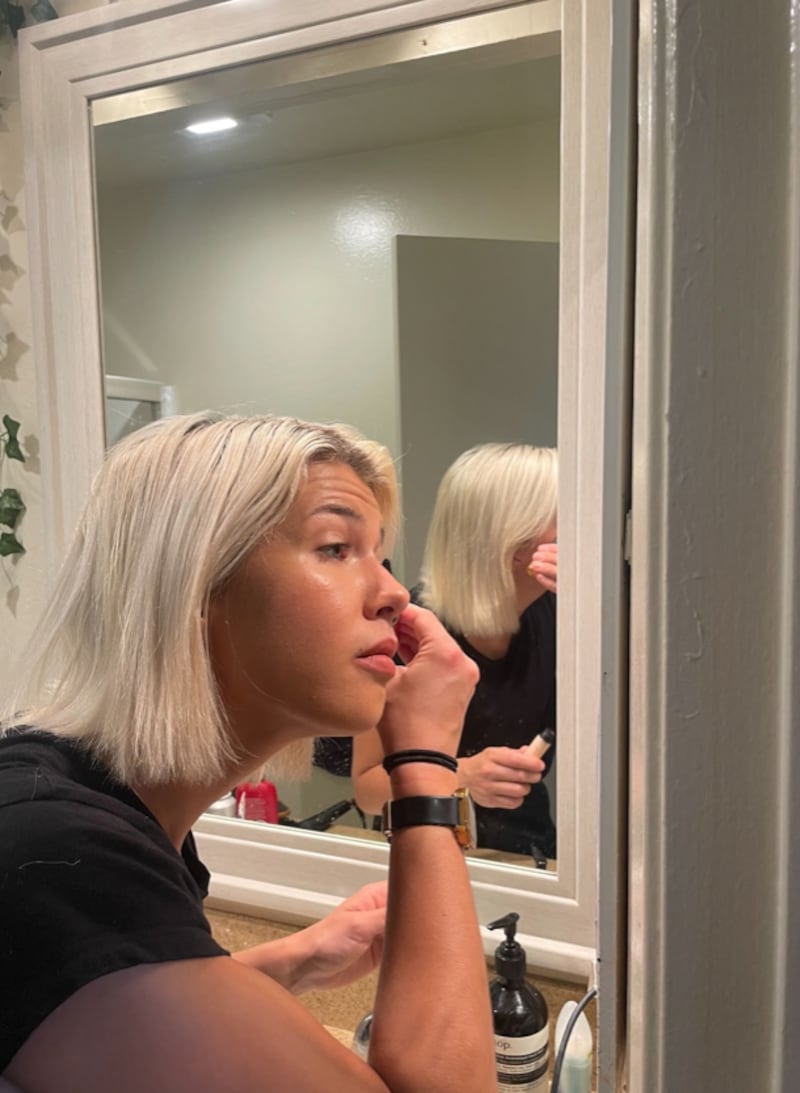
Hosting in a fine dining restaurant
“After the pandemic, I felt awkward interacting with people. So, I got the host job because I wanted to practice and build my people skills. I quit the sales job because of its lack of team support.In sales, I realized I had to work by myself, and in other people’s space. Here, I have a team of people and can build deeper relationships with them. One of the things I learned is that I might be an ambivert, but I’m a team person.”
“Back then, I didn’t know anything about anything. I sent my resume out to many places in Culver City to be a host. Juliet was the first place that got back to me. Turns out, Juliet is probably one of the nicest restaurants in Culver City — at one point, it was going for a Michelin star.”
“I didn’t know the difference between fine and regular dining when I applied. It’s very intense: the fork needs to be an inch from the bottom of the table…etc But I went to architecture school, which required me to be meticulous and detail-oriented.”
Bartending as teamwork
“What I do in the morning is mostly setting up and prepping: getting our wine out of the wine fridge or cellar and preparing our garnishes for the night team.”
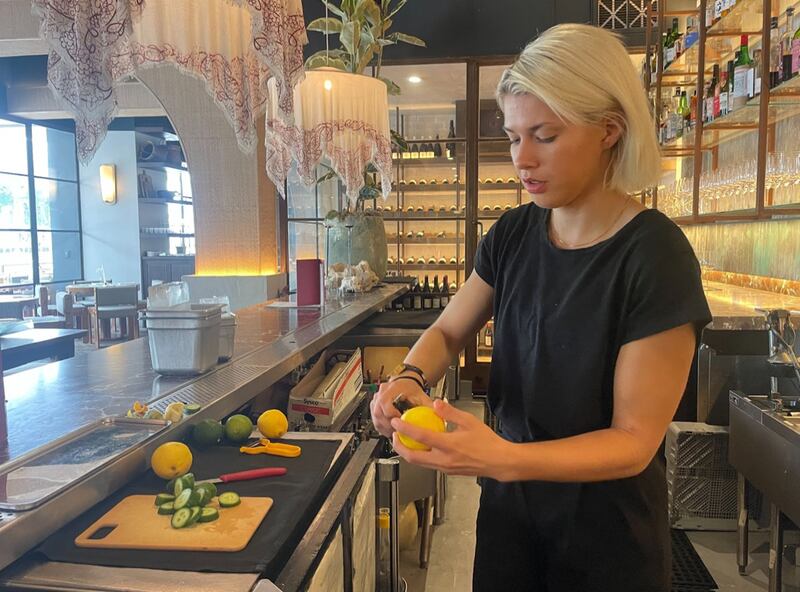
“If Amy [the restaurant server working with Erin] brought in a group of people, I needed to be back behind the bar and be ready to make all the drinks since they are the first thing people order.
I like working here because nobody’s a slacker. You can trust anyone to do their job..”
Architecture degree and bartending
“There are a lot of debates surrounding the value of a college degree, especially when I graduated with an architecture degree and ended up bartending. I’m very proud of becoming a bartender.”
“College taught me to design my learning process. Even the technology I was learning in architecture school has already been replaced by software. College teaches you to design your learning process: how to learn and teach yourself knowledge.”
“About January or February, knowing that my manager was looking for a bartender, I went to him and asked if I could start training. It’s challenging to find a place that will train you to be a bartender since most places won’t hire you unless you have previous experience.”
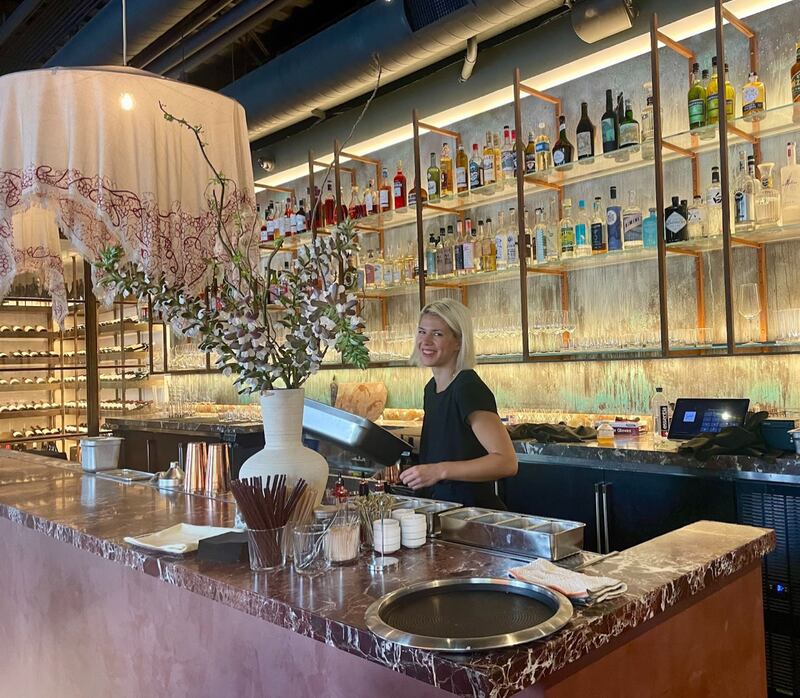
“I needed to learn 50 to 100 cocktails. How did I do that? By getting a book and reading it, sitting down every night and studying, making flashcards and going through them to have my friends test me, and having some practice sessions to mix drinks and test myself. A month later, I could demonstrate to the bar manager that I could make all the drinks. It was efficient to go from house to bartender because I had a great learning process. It’s what sets you up for success in life: the ability to walk into any new situation and acquire the necessary skills to solve problems.”
“Now, I still look at the flashcards. I know enough to make most drinks people order from our cocktail list, but there are hundreds of other cocktails. So if somebody orders any drink I don’t know, I’ll step behind and look at my phone.”
The big picture
“I wanted something flexible, so I can work on Architecture + Advocacy and have that be my main focus. So working at Juliet is flexible, I’ll work three or four days per week, and use that extra day to work on the nonprofit.”
“If I worked five days, I could make a lot of money as a bartender. But this is my side hustle. So my goal is to work four days a week, and then live bare bones to budget myself since I don’t want to get addicted to a high lifestyle. The ultimate goal is to make the nonprofit my full-time job.”
Power nap
“I didn’t become a nap person until I graduated from college. I usually nap when I come home from work. It helps me reset, especially if I go to dinner with my friends on Sunday night. I want to be energetic for them, not grouchy.”
Sunset run
“I look forward to this run. It’s the highlight of my week. Six miles takes me about an hour or a little bit under. Ideally, I run for 45 minutes, but sometimes I extend it a tad longer to settle into it. It’s breathtaking when the run is accompanied by a sunset.”
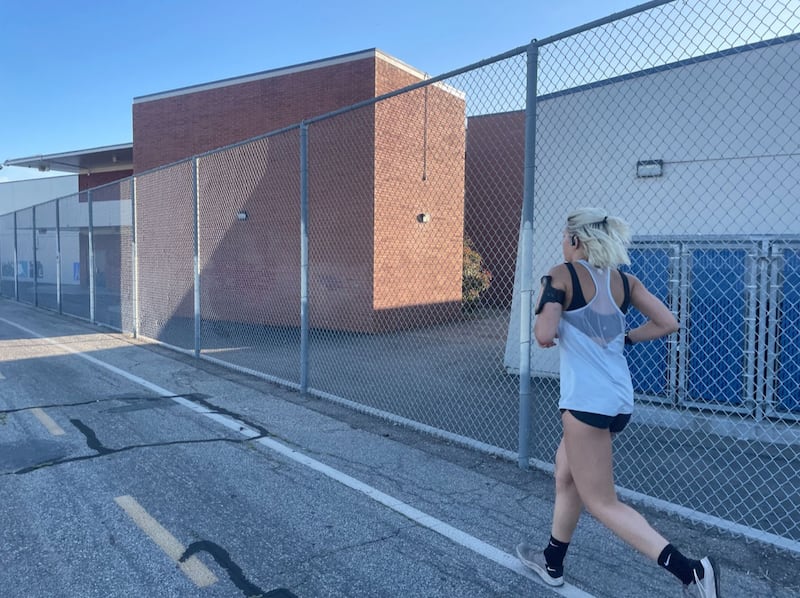
“I never used to do long runs when I was in school. I picked it up when I was with a triathlon team. So the six-mile distance I do is the last leg of the triathlon distance. I don’t have a triathlon on my calendar, but I see myself doing another one.”
“I am grateful for my ability to run because I have rheumatoid arthritis. Many people who have that condition are not as fortunate as I am to the extent of staying active. I had a friend in high school, and there were days when she had to come to school in a wheelchair.”
Podcast while running
“I listen to podcasts during my sunset runs. The one I’ve been listening to is ‘The School of Greatness Hall of Fame’ by Lewis Howes where he interviews remarkable people for their secrets to success. It motivates me to work harder. You have put your head in the game. As I run and listen to the podcast, I’m like: Yeah, me too. I am Lebron James.”
Social media for sports
“This wasn’t my best run nor the slowest. I use the Nike Run Club App to record. Another popular app is Starva, I follow my friends from the triathlon teams on it. It’s a little way to brag, but it’s cool to see people challenging themselves.”
Grocery shopping & dinner
“I do my weekly grocery run on Sundays. If I don’t do it today, it won’t happen. Then, I would go a week without food until the next Sunday. I cook for my friends on Tuesday nights, me and my six best girlfriends, every week. I am a control freak, so I am the only one who cooks instead of rotating among us. But nobody complains, and they bring wine or wash the dishes.”
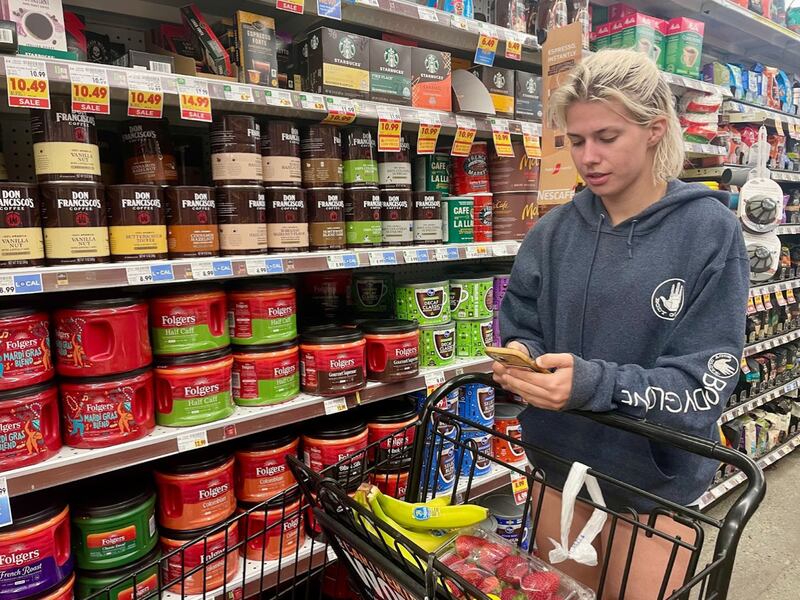
Simple pleasure
“I close my eyes and relish the Reese’s Peanut Butter Cups Candy. This is my way of rewarding myself for ‘adulting’ and going grocery shopping. Yay, you did adult things today.”
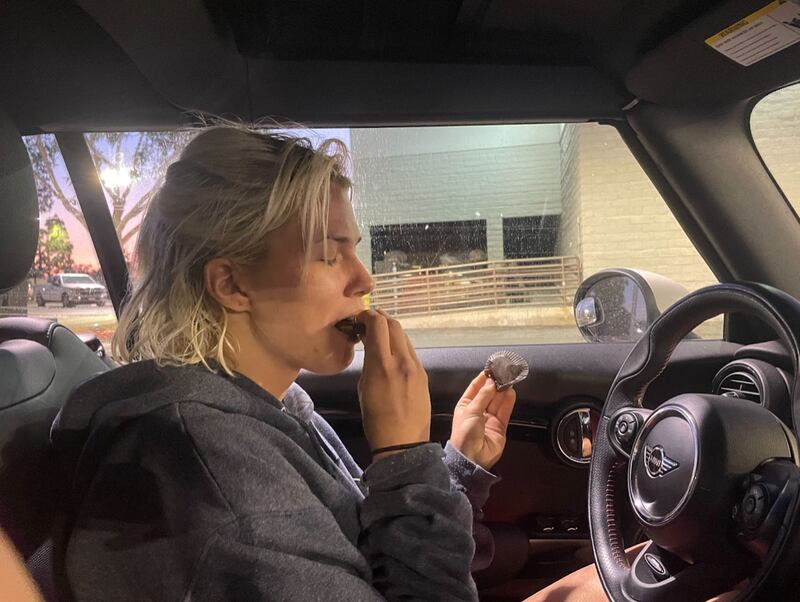
Reading & bath
“To get myself prepared for sleep, I take a bath with my lavender Epsom. I fall asleep reading fiction. Now I am reading three books: ‘Swim with the Sharks Without Being Eaten Alive’ by Harvey B Mackay, ‘Alice In Wonderland’ by Lewis Carroll, and ‘Emergent Strategy’ by Adrienne Maree Brown.”
